(CLO) Artificial intelligence (AI) is growing rapidly in journalism. And a newly published report shows that both readers and journalists are interested in how AI should be used in journalism.
The report, released by RMIT University, is based on three years of research and focus group interviews with generative AI and journalists in Australia and six other countries (US, UK, Norway, Switzerland, Germany and France).
The results showed that only 25% of survey respondents believed they had ever come across generative AI in journalism, while 50% were unsure or skeptical about it.
This shows a lack of transparency from press agencies when using AI, and reflects a lack of trust between the press and the public.

Indonesia's TVOne to launch AI news anchor in 2023. (Photo:TJ Thomson)
Challenges and opportunities go hand in hand
The report identified a range of challenges and opportunities for journalists and news organizations when using AI. Overall, respondents felt most comfortable with journalists using AI for post-production work, rather than being directly involved in the editorial and content creation process.
For example, a photographer could work in the field, and then the AI would take care of selecting the best photos, optimizing the image quality, and tagging keywords. That may sound harmless, but what if the AI misidentifies a certain object or detail, leading to incorrect photo captions? Or what if the AI’s criteria for judging a ‘good’ photo are different from humans, or change over time and context?
Even simple actions like adjusting the brightness of a photo can be controversial, especially when it comes to sensitive political issues.

Computer software can attempt to identify objects in images and add keywords, potentially leading to more efficient image processing. (Photo: Elise Racine/Better Images of AI/Moon over Fields , CC BY)
AI also has the ability to 'mold' the truth, creating images and videos that look real, but are actually products of artificial intelligence. AI is also used to write headlines or summaries of articles, saving time, but at the same time, it also has the potential to be abused to copy other people's content.
AI-generated news alerts have also had serious consequences. Apple recently had to suspend its automated news alerts after the AI falsely reported that murder suspect Luigi Mangione had committed suicide, citing the BBC as the source.
Reader satisfaction with AI in journalism
Our research shows that readers feel more comfortable with journalists using AI for certain tasks, especially when they have used AI for similar purposes before.
For example, most interviewees were okay with journalists using AI to blur certain details in photos. Similarly, when inserting photos into word processing or presentation software, AI can automatically generate text descriptions for the visually impaired.

The Daily Telegraph regularly uses generative AI to illustrate its opinion pieces, sometimes creating more realistic illustrations and sometimes less realistic ones. (Image: TJ Thomson)
The majority of survey respondents had been exposed to generative AI in the media through articles about viral AI-generated content. For example, when an AI-generated fake photo of Prince William and Harry hugging at King Charles’ coronation went viral, news outlets reported on it.
Survey respondents also saw notices that AI was used to write, edit or translate articles. They also saw AI-generated images accompanying some articles. This is a common approach at The Daily Telegraph, which uses AI-generated images to illustrate many of its commentary pieces.
Overall, respondents felt most comfortable with journalists using AI to generate ideas or enhance existing images. This was followed by using AI for editing and creation. However, comfort levels varied greatly depending on the specific use.
Most participants were fine with AI generating icons for infographics, but were uncomfortable with the idea of an “AI avatar” presenting the news.
Editorially, most participants agreed with using AI to animate historical photos, such as this one. AI can ‘bring to life’ a still photo, capturing the viewer’s attention and engagement.
Phan Anh (according to RMIT, IJNET, Conversation)
Source: https://www.congluan.vn/doc-gia-dang-nghi-gi-ve-viec-su-dung-ai-trong-bao-chi-post334984.html




![[Photo] Ministry of Defense sees off relief forces to the airport to Myanmar for mission](https://vstatic.vietnam.vn/vietnam/resource/IMAGE/2025/3/30/245629fab9d644fd909ecd67f1749123)


![[Photo] Prime Minister Pham Minh Chinh chairs meeting to remove difficulties for projects](https://vstatic.vietnam.vn/vietnam/resource/IMAGE/2025/3/30/7d354a396d4e4699adc2ccc0d44fbd4f)





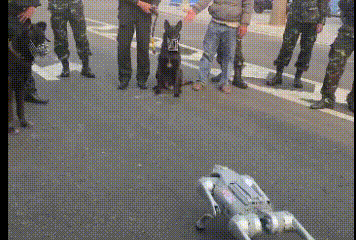


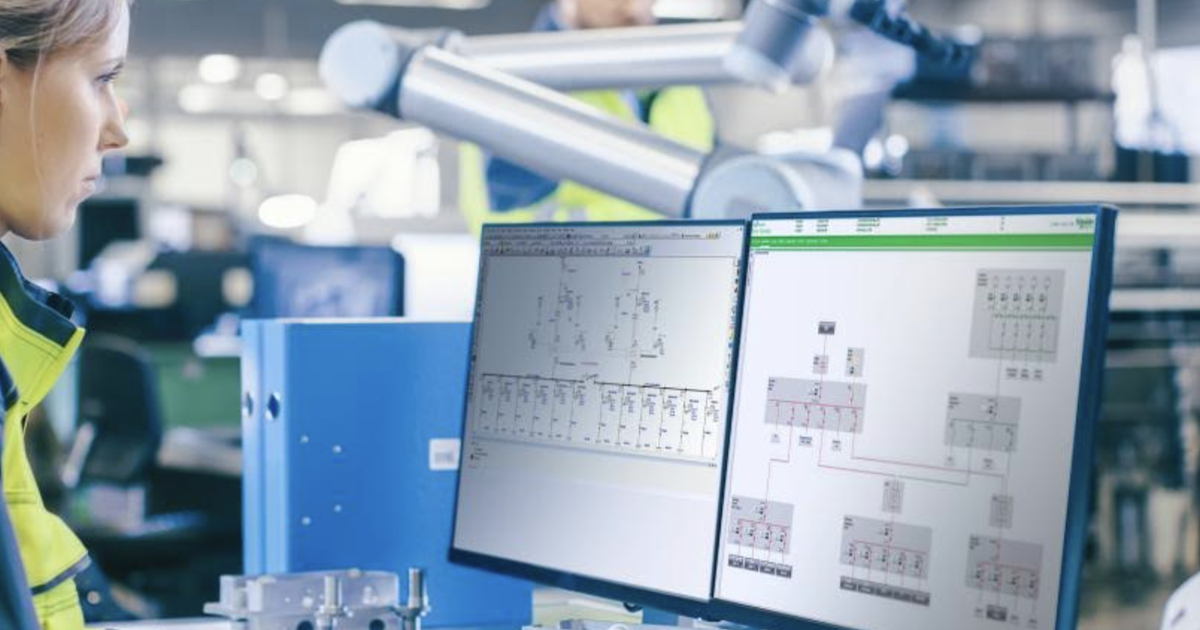




































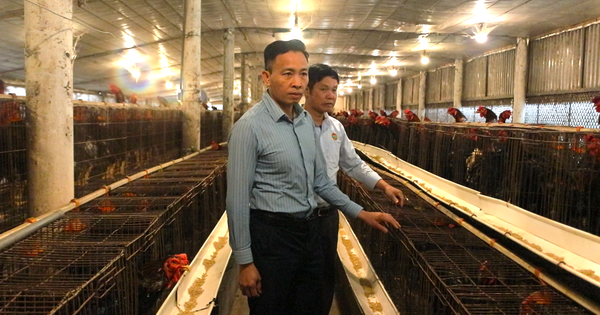








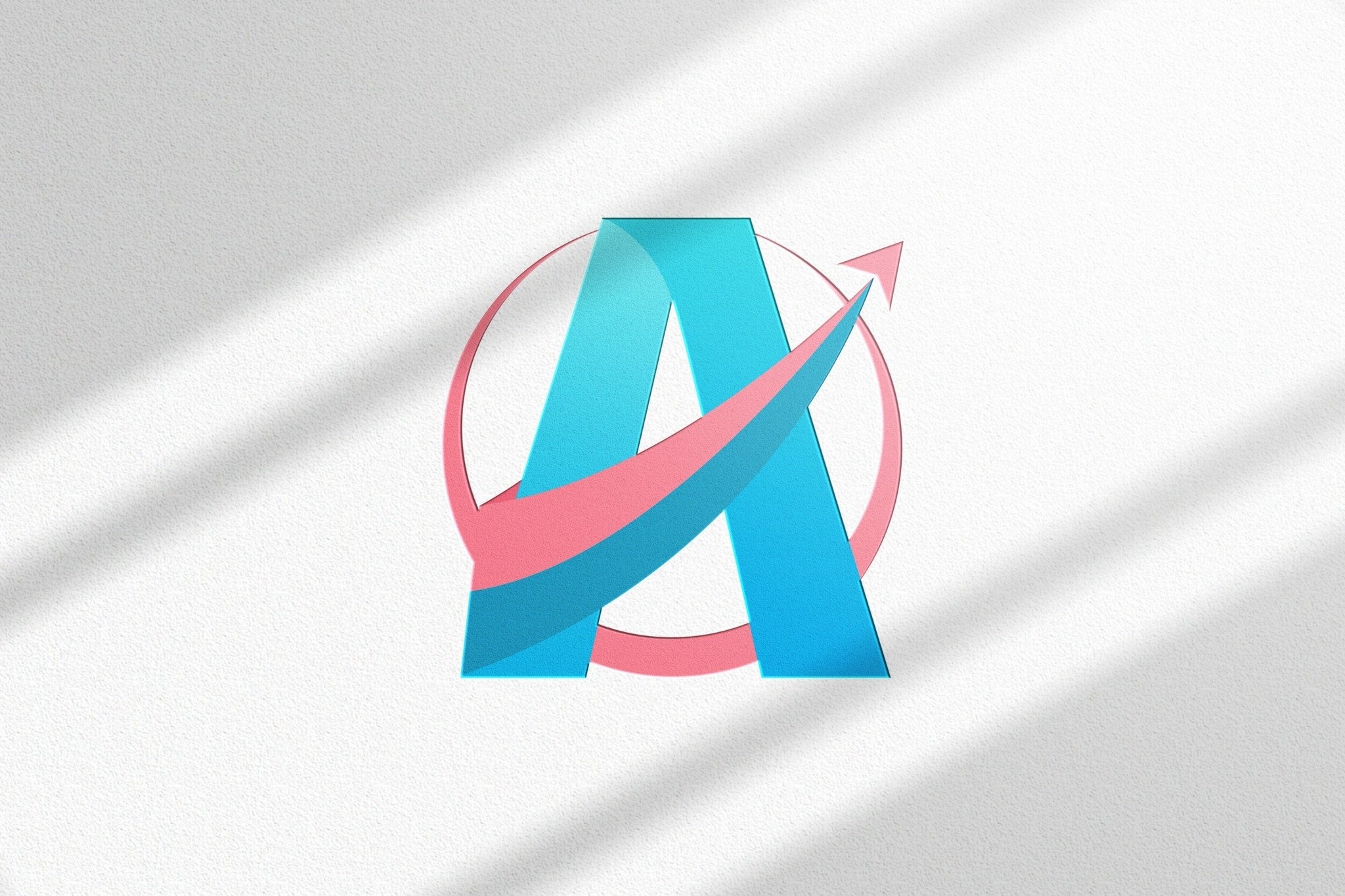








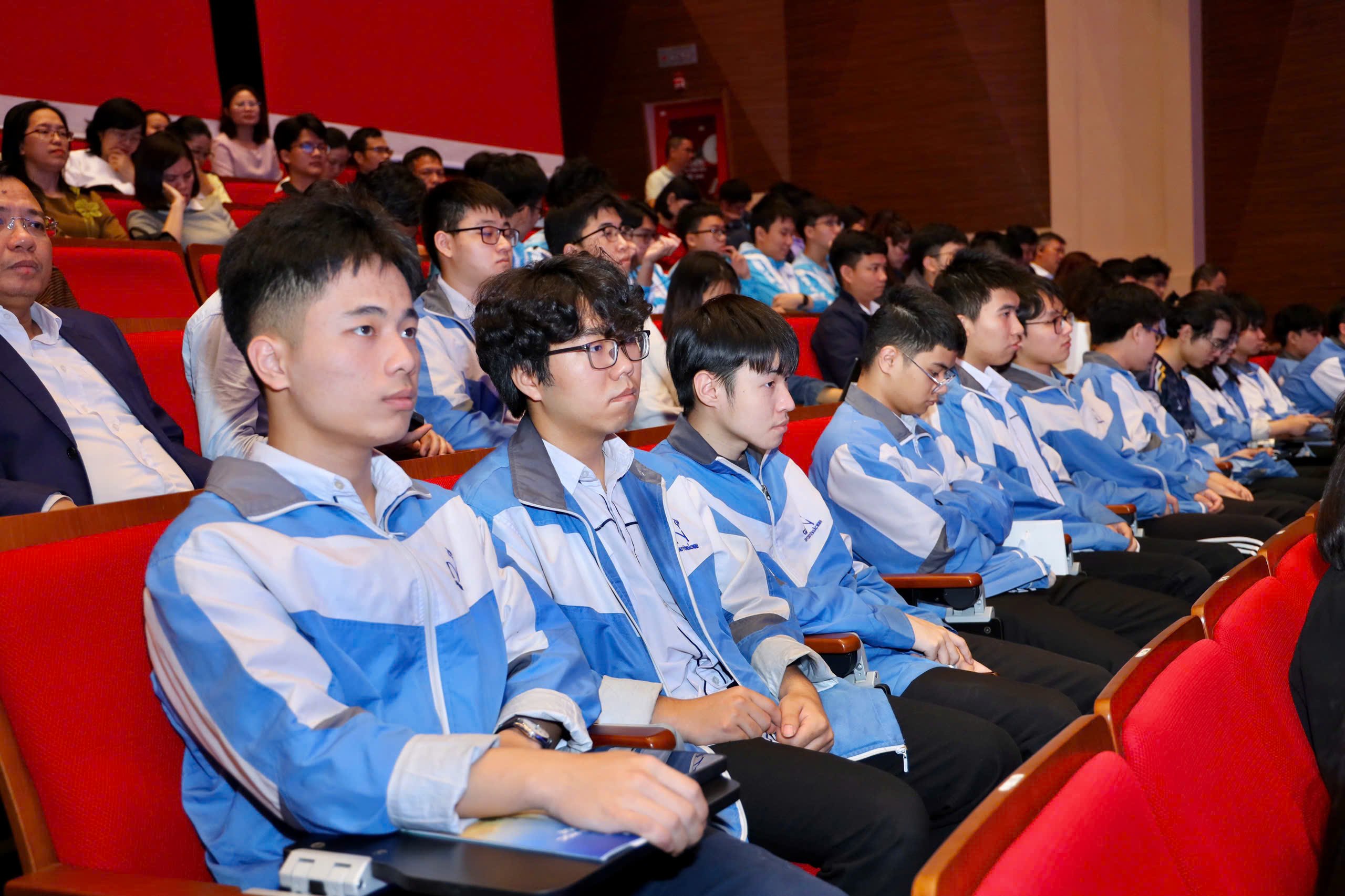






















![[REVIEW OCOP] An Lanh Huong Vet Yen Cat](https://vstatic.vietnam.vn/vietnam/resource/IMAGE/2025/3/27/c25032328e9a47be9991d5be7c0cad8c)






Comment (0)